DOUGLAS, Ariz. ㅡ The U.S. General Services Administration (GSA) released its Final Environmental Impact Statement (FEIS) and Record of Decision (ROD) for the planned new commercial port in Douglas, Arizona, as well as the modernization and expansion of the existing Raul Hector Castro Land Port of Entry (LPOE). The project budget is slated to be $170 million to $220 million.
The new Douglas Land Port of Entry is a planned commercial port construction project 4.5 miles west of the existing Raul Hector Castro LPOE. Upon its completion, the U.S. Customs and Border Protection will permanently relocate commercial inspection operations from the Castro LPOE to the newly constructed dedicated commercial Douglas LPOE. The project, funded by the Bipartisan Infrastructure Law, will significantly expand commercial vehicle inspection capacity and allow the processing of oversized mining equipment too large to cross through the Castro LPOE.
GSA has selected “Alternative 2” (concurrent construction – westward expansion) as the preferred environmental strategy. This Alternative involves simultaneous construction of a new commercial port while expanding and modernizing the existing Castro LPOE, with expansion primarily to the west of the current facility. This approach ensures rapid and coordinated development, enhancing operational efficiencies and capacity.
The issuance of the Record of Decision marks an important milestone in the development of the Douglas two-port solution.
“This project underscores our commitment to the development of a more efficient, enhanced two-port solution,” said Dan Brown, Regional Commissioner for the Public Buildings Service, GSA Pacific Rim Region. “With funding from the Bipartisan Infrastructure Law, GSA is able to deliver a state-of-the-art facility that will support economic growth and increase border security. We are committed to delivering tangible solutions to the southeast Arizona region, the state of Arizona, and the U.S. taxpayer.”
The expansion will significantly increase efficiency and security, improving the flow of commercial and passenger traffic at the port, enhancing border security measures and reducing wait times. The new infrastructure is designed to support the latest technology in CBP operations.
The upgraded facilities are also expected to bolster economic activity by streamlining trade and travel between the U.S. and Mexico. This project supports local businesses and communities reliant on cross-border commerce.
GSA has balanced environmental priorities with operational needs in selecting the concurrent construction approach. Comprehensive evaluations and public feedback have guided this balanced decision-making process.
In August 2022, GSA adopted the U.S. Environmental Protection Agency’s scoping recommendations addressing potential impacts to air, aquatic, biological, climate, historical, cultural, and green building resources, as well as environmental justice concerns, and bi-national coordinations suggestions.
GSA continues to explore all alternatives that avoid, minimize and mitigate potential effects to historic properties through the Section 106 process. Any final decision on the management of historic structures will be made during the continued consultation with the Arizona SHPO and consulting parties as required under Section 106 of the NHPA.
Extensive consultations with federal and state agencies, stakeholders, public members, and elected officials have been crucial in shaping the final decision. GSA has ensured that the development aligns with community needs and environmental sustainability.
“President Biden and Democrats in Congress passed the Bipartisan Infrastructure Law, securing funding for upgrading and modernizing the Raúl Castro Port of Entry,” said Congressman Raul Grijalva, who represents the Douglas Port of Entry. “It will help improve connections, boost trade, strengthen ties between our nations and communities, and ensure the City of Douglas can thrive. I’m proud to have backed this legislation to fund this critical project and will keep supporting investments to ensure progress and prosperity for the border communities I represent.”
“I ensured my Bipartisan Infrastructure Law invested in the expansion and modernization of the Raul Hector Castro Land Port of Entry to create strong Arizona careers, improve cross-border trade, and boost our supply chain to lower costs and get goods to Arizona businesses and communities faster,” said Arizona senior Senator Kyrsten Sinema.
“Today’s announcement is another important step forward for Arizona’s border communities,” said Arizona Senator Mark Kellyl. “The new commercial port in Douglas and the expansion of the Castro Land Port of Entry, made possible by the Bipartisan Infrastructure Law, will grow Arizona’s economy, create jobs, and support local communities, while keeping our border secure.”
The Final EIS is available for public access at the following website: https://www.gsa.gov/about-us/gsa-regions/region-9-pacific-rim/land-ports-of-entry/raul-hector-castro-land-port-of-entry
###

